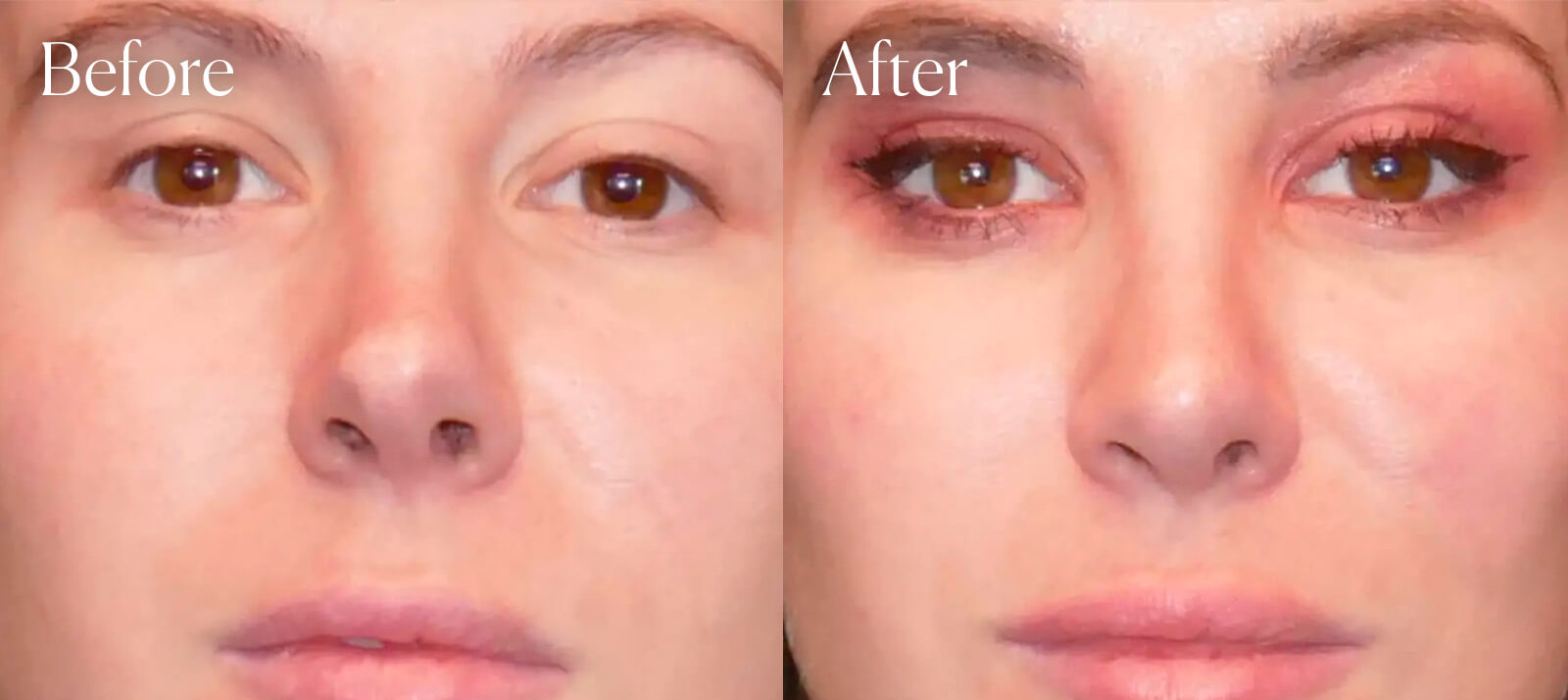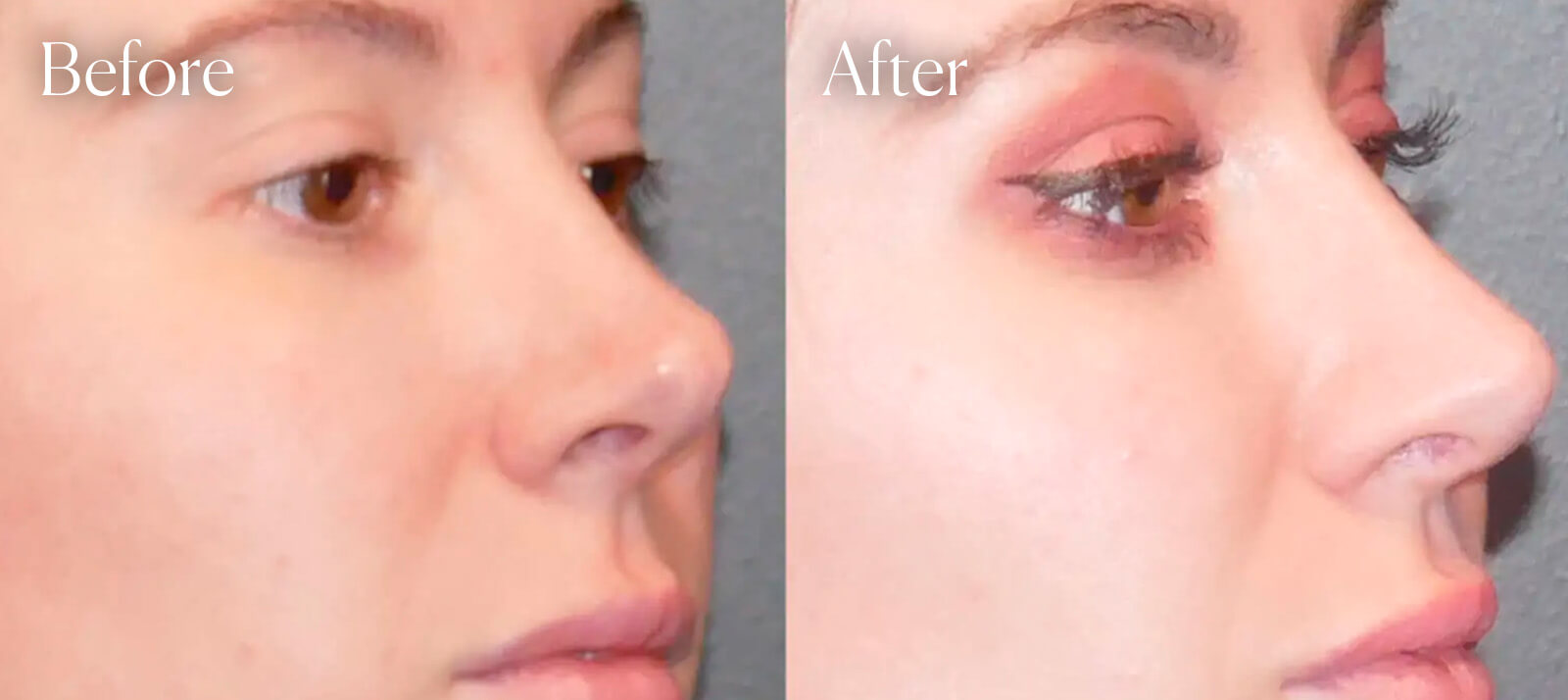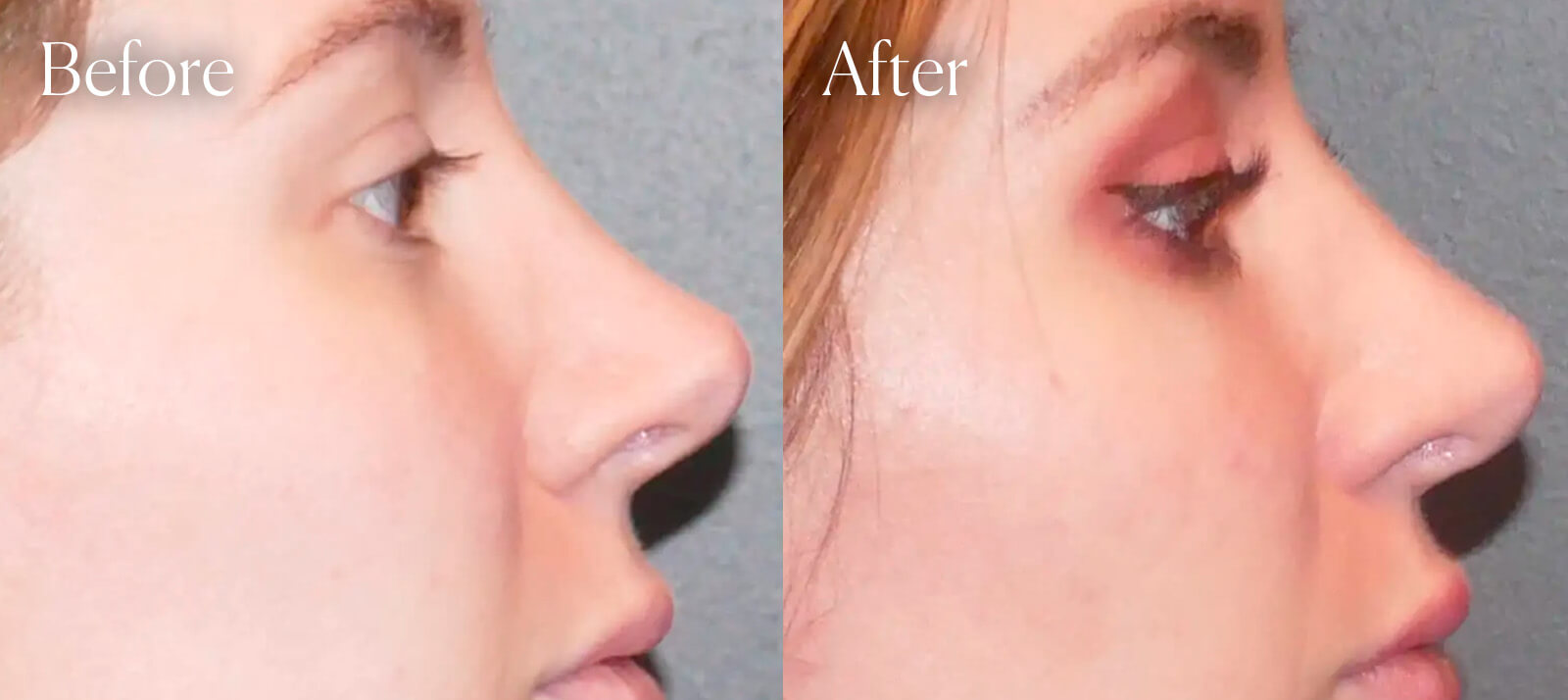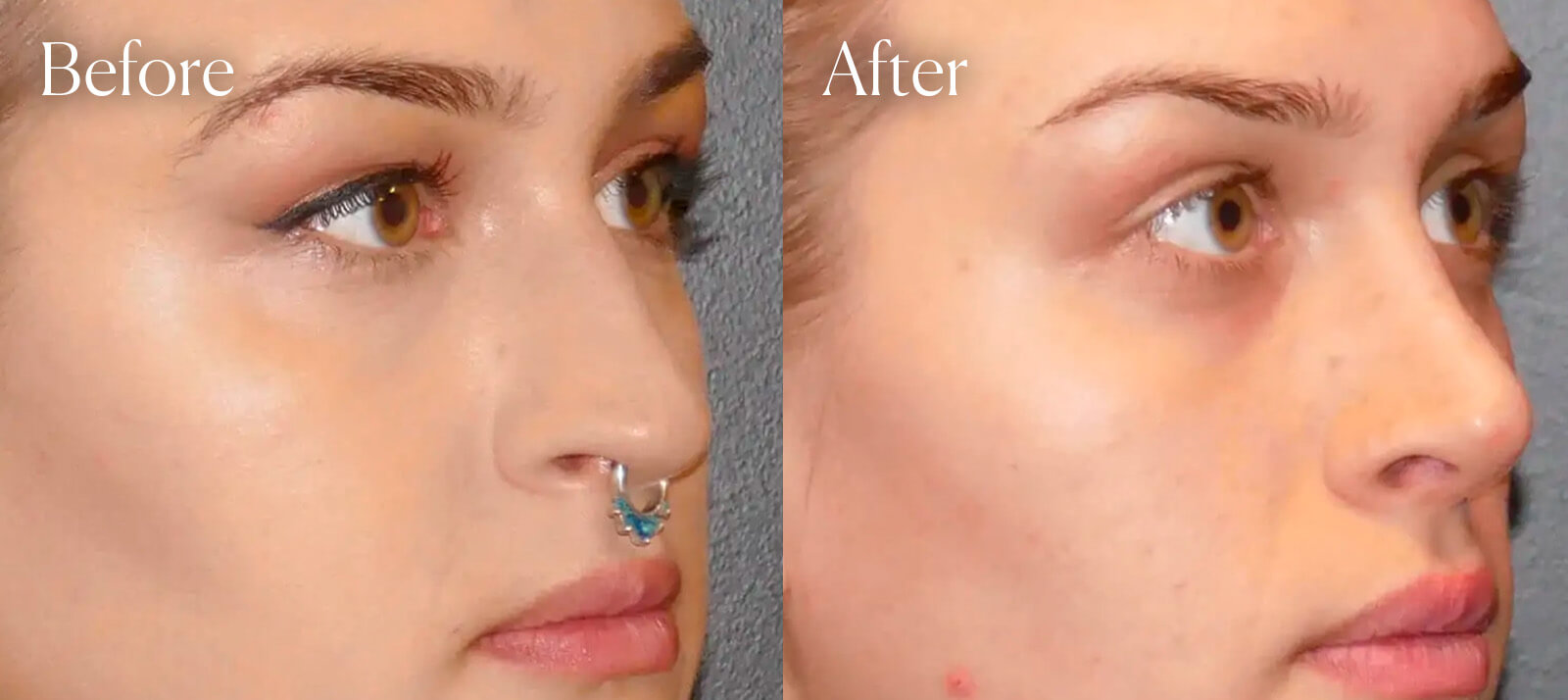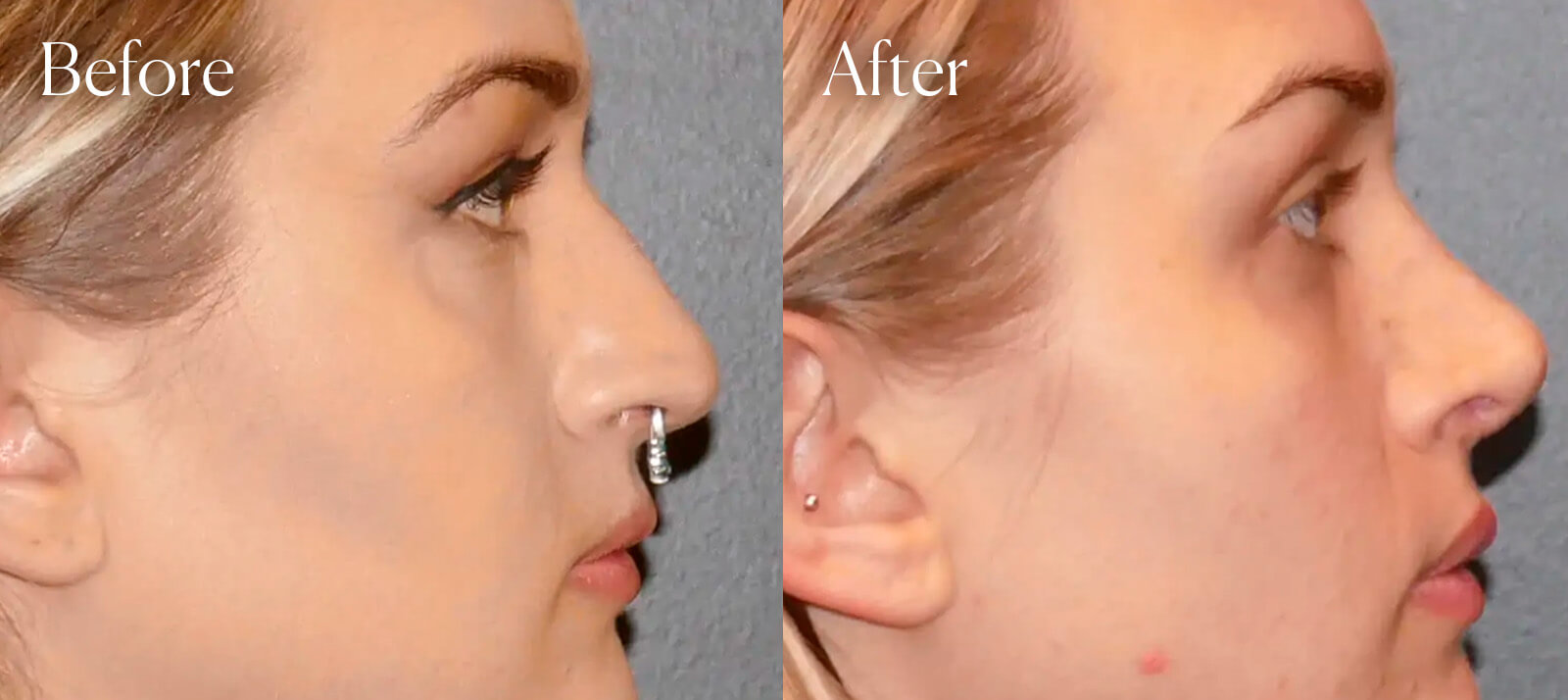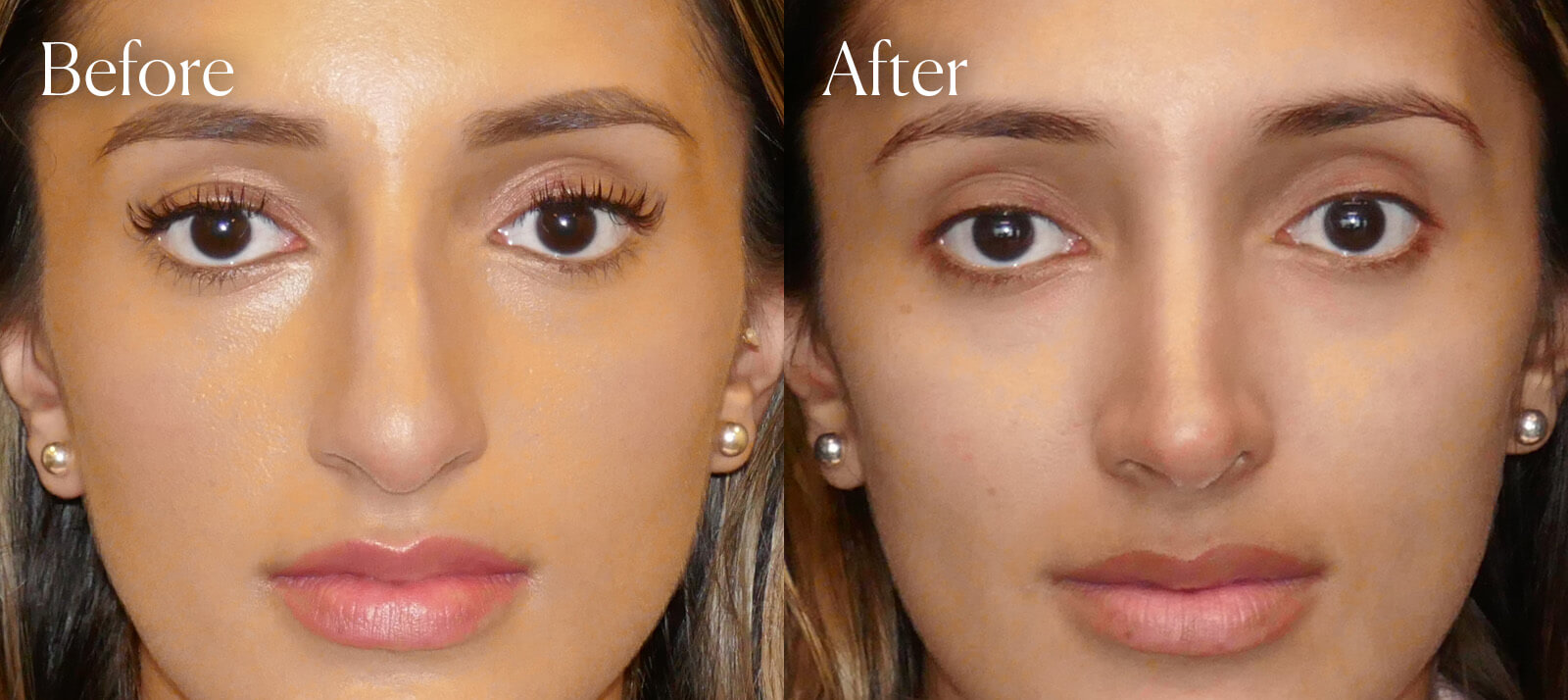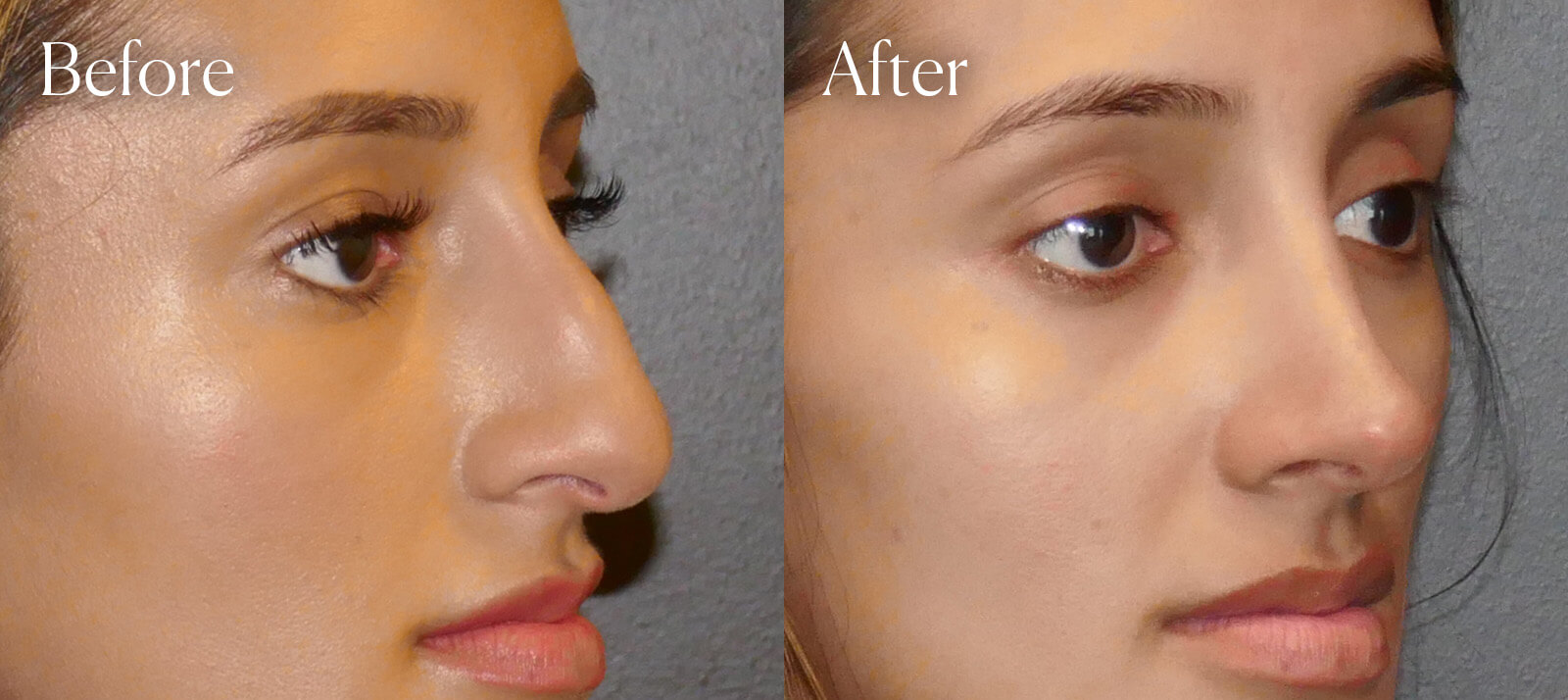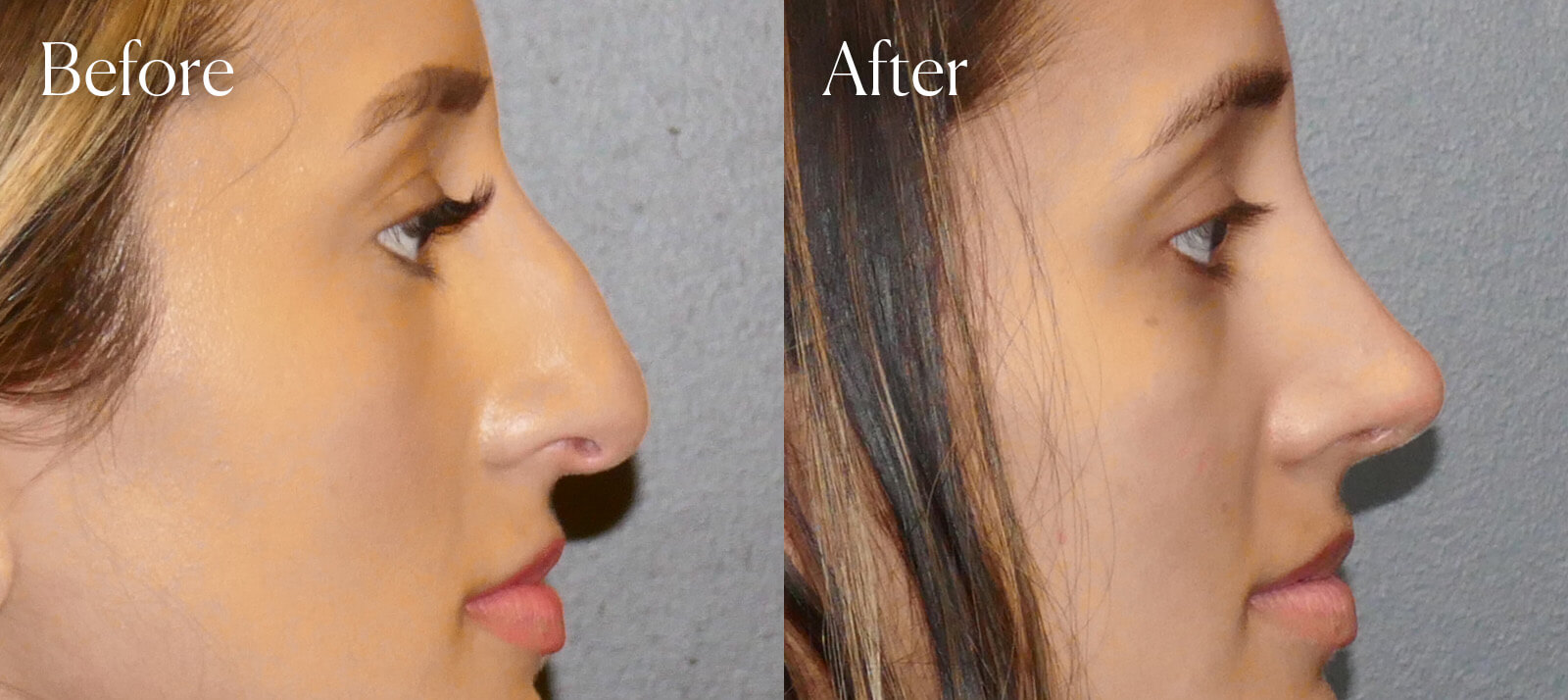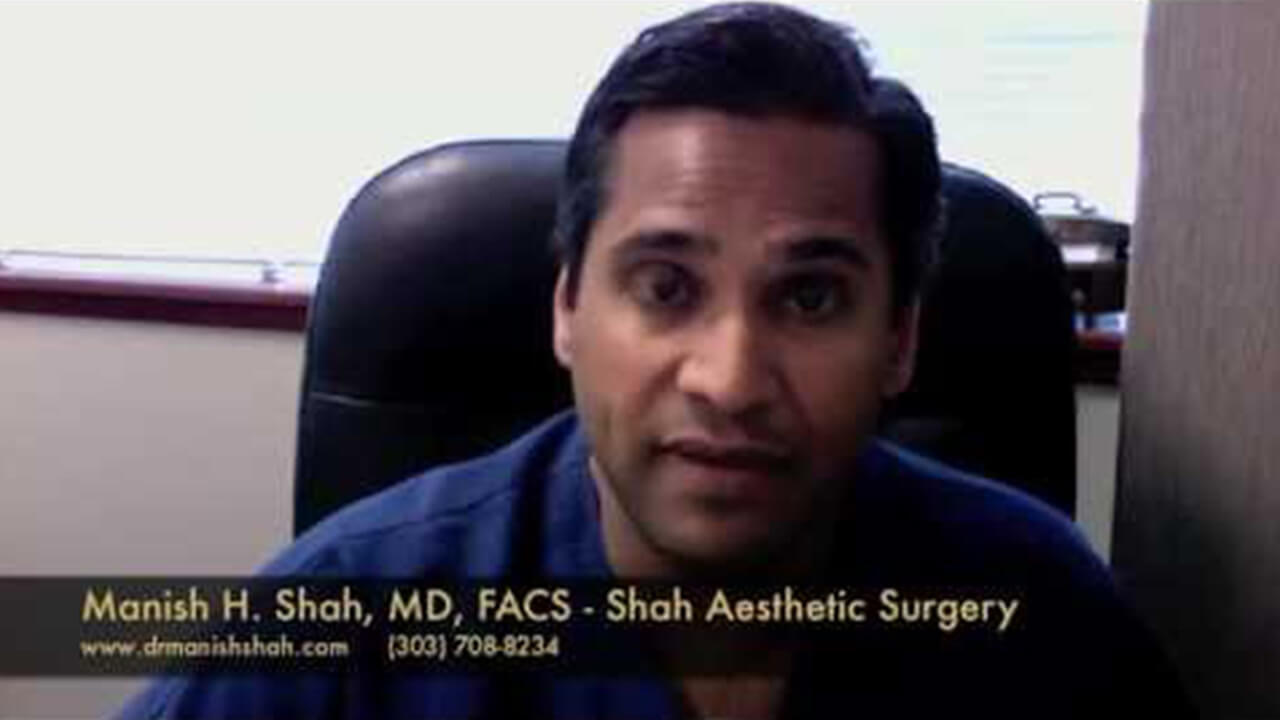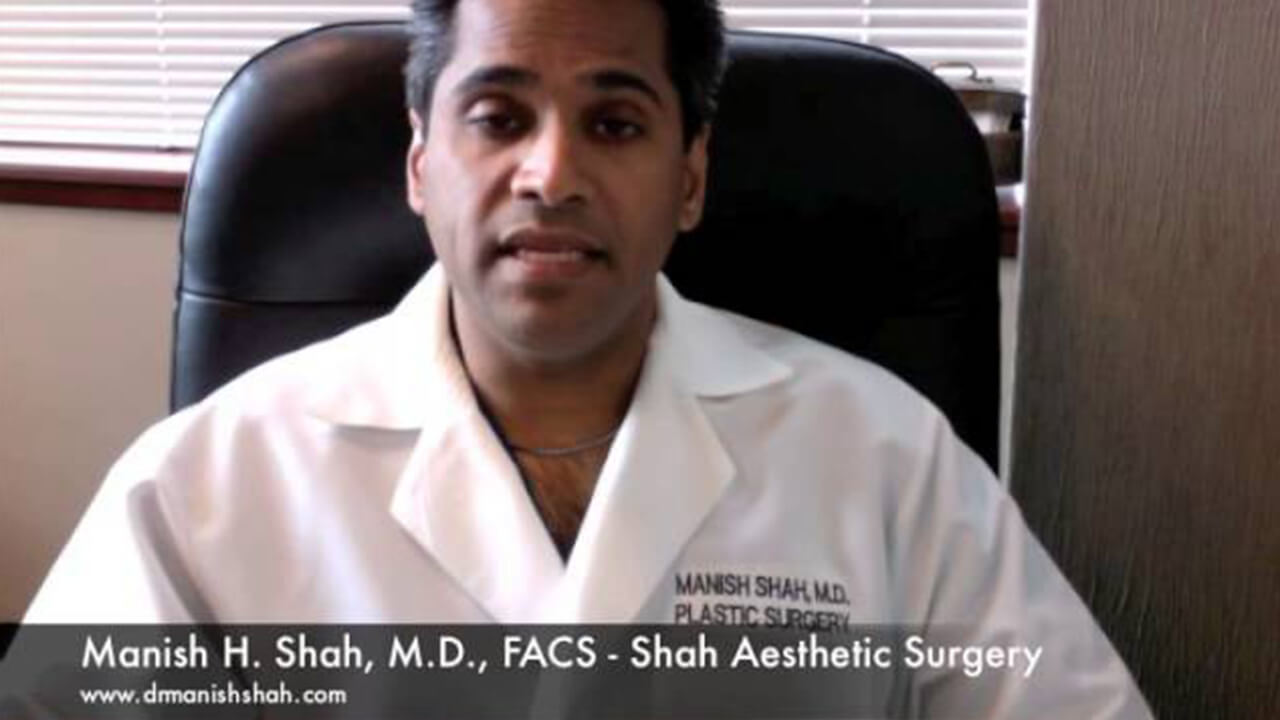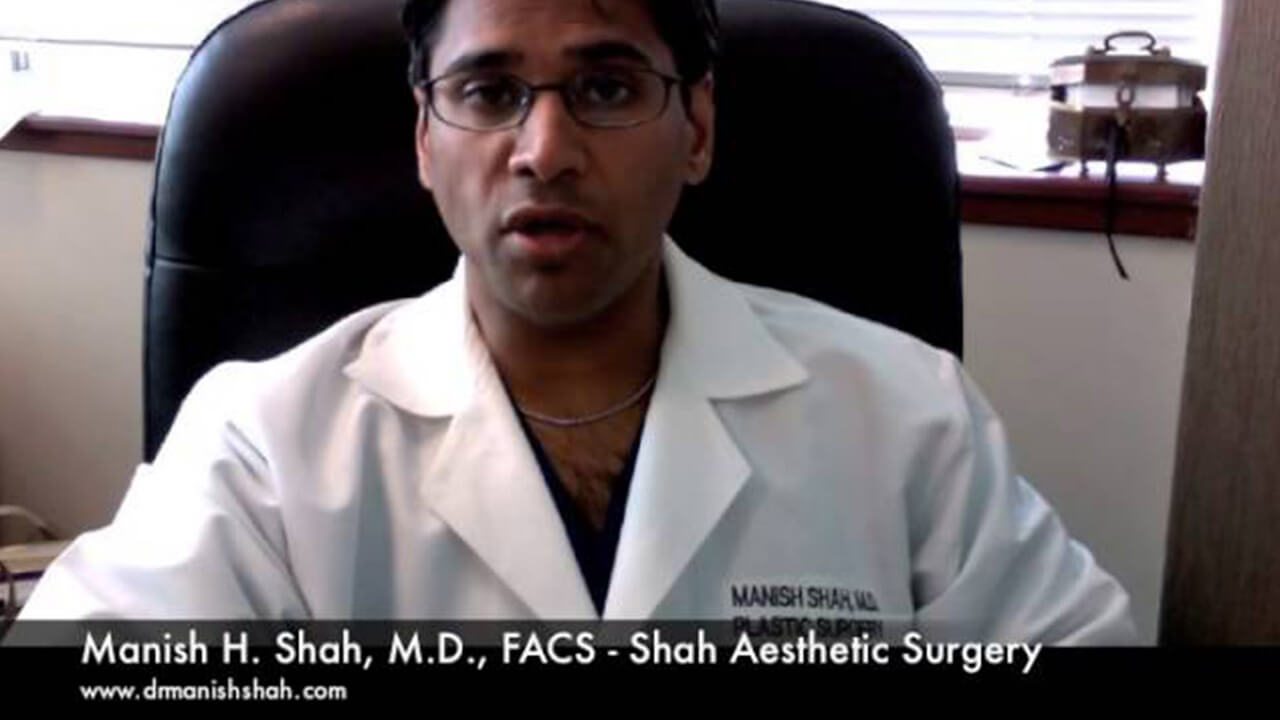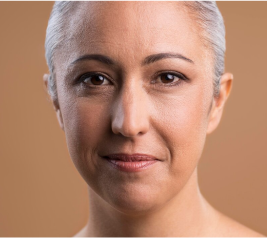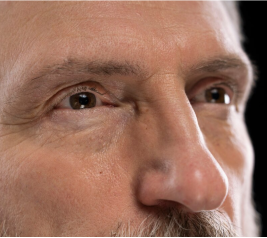Rhinoplasty in
Denver, CO

Expert Rhinoplasty Surgery in Denver with Dr. Manish Shah
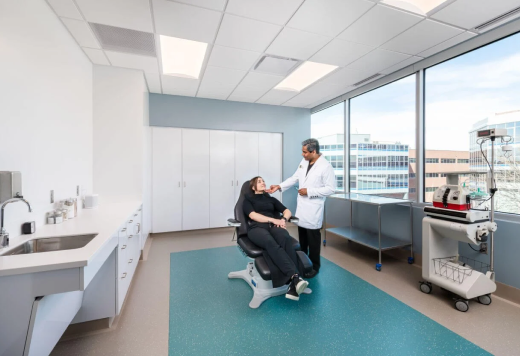
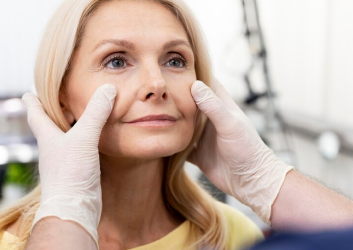

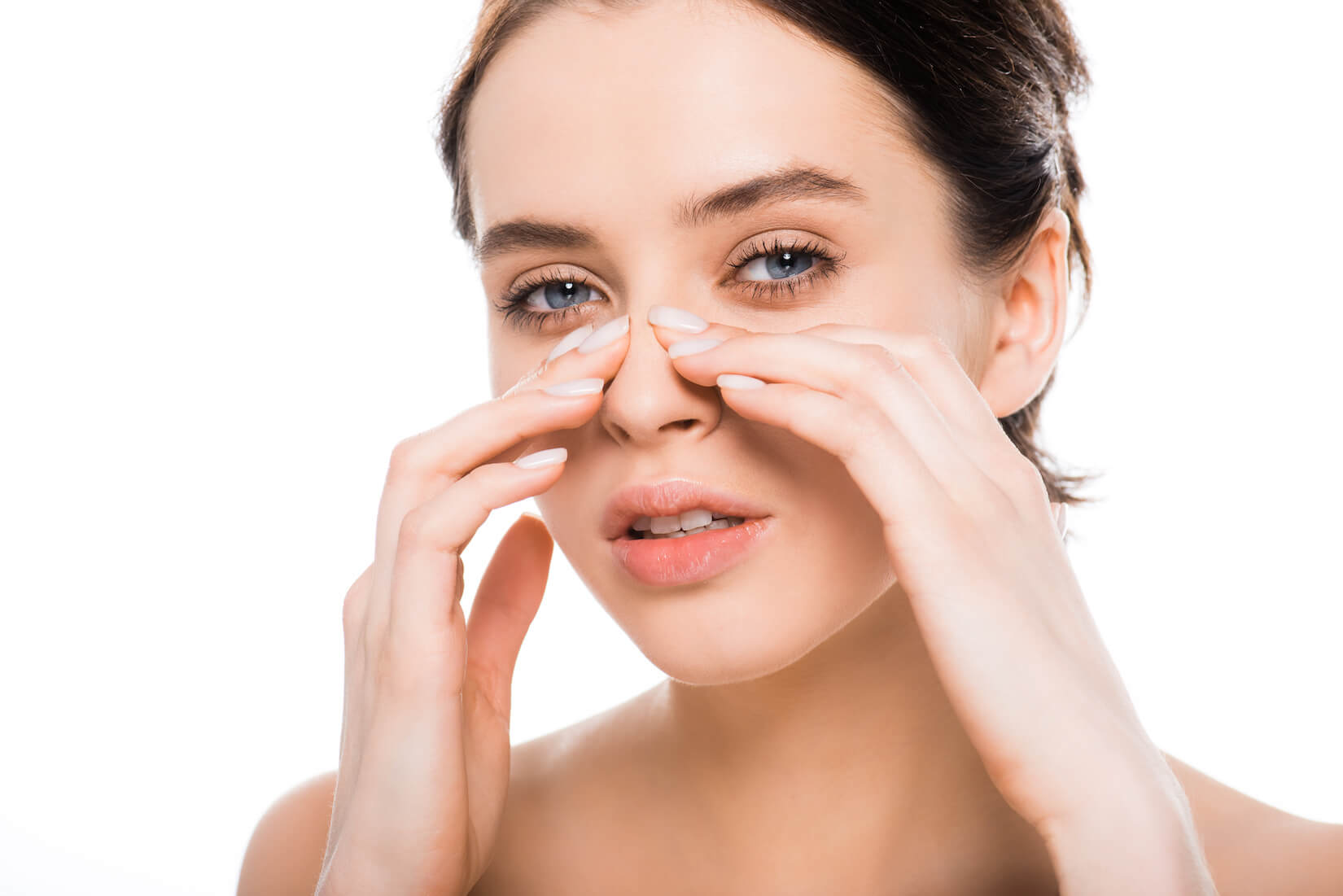

Am I A Good Candidate For Rhinoplasty Surgery?
What Are The Benefits Of Cosmetic Nose Surgery?
- A surgical plan personalized for your unique needs
- Reduced or increased nose size
- Reshaped nostrils
- Fixed bumps, humps, crookedness, and more
- Addressing “too much” of the nostrils showing
- Reduced size of the nose tip
- Balanced facial harmony and balance
- Improved breathing
- Repaired deviated septum
- Boosting your confidence and self-image
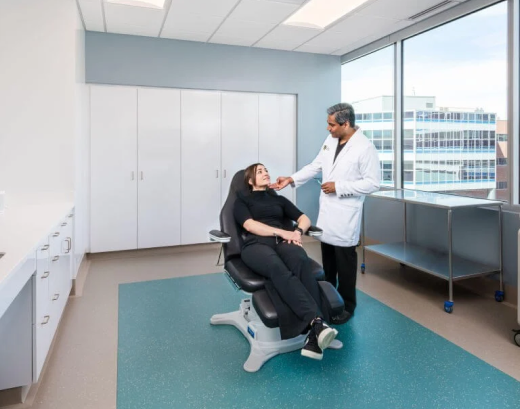
Rhinoplasty Consultation
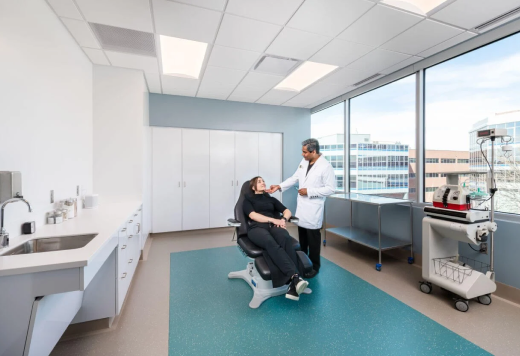
It is important to note that rhinoplasty simulations do not guarantee or warrant any particular outcome. Dr. Shah uses the simulations to help educate you, the patient, about what is possible and what is not possible. Rhinoplasty can be combined with other cosmetic surgery procedures, and surgeons who perform these surgeries often have extensive expertise in facial enhancements.
What Are The Different Types Of Rhinoplasty?
Rhinoplasty Reviews
253
Total Reviews
4.9
Average Rating
Learn More About Shah Aesthetic Surgery
Rhinoplasty Recovery
Rhinoplasty procedures are typically performed in fully accredited outpatient surgery centers. Dr. Manish Shah uses board-certified anesthesiologists with an M.D. He prefers to use full general anesthesia because he believes it allows for better control of the patient’s airway, which maximizes safety. No one but Dr. Shah touches the patient during rhinoplasty.
The first week is typically the hardest week for the patient. They will be sleeping with their head elevated. They will be applying ice packs to reduce bruising and swelling. They are not allowed to get their faces wet, so hair washing is a bit difficult to do. Dr. Manish Shah recommends bathing during this first week. After rhinoplasty, a cool mist humidifier at the bedside is very soothing for the face and throat.
After this week, you will typically have your external splint and any external sutures removed. At this point, you will be taught the second phase of your care. Your nose may swell after the splint is removed, but with time, it will decongest. The upper part of the nose settles after about 3 months. The bones are at their hardest at this point. Most patients don’t notice big changes for the next 5 – 6 months after this. Finally, around 10 – 12 months after surgery, the tip of the nose finalizes its cosmetic outcome. Patients must realize that patience is mandatory because it will be at least 1 year before they see how their rhinoplasty surgery turned out.
Blog
Rhinoplasty FAQs
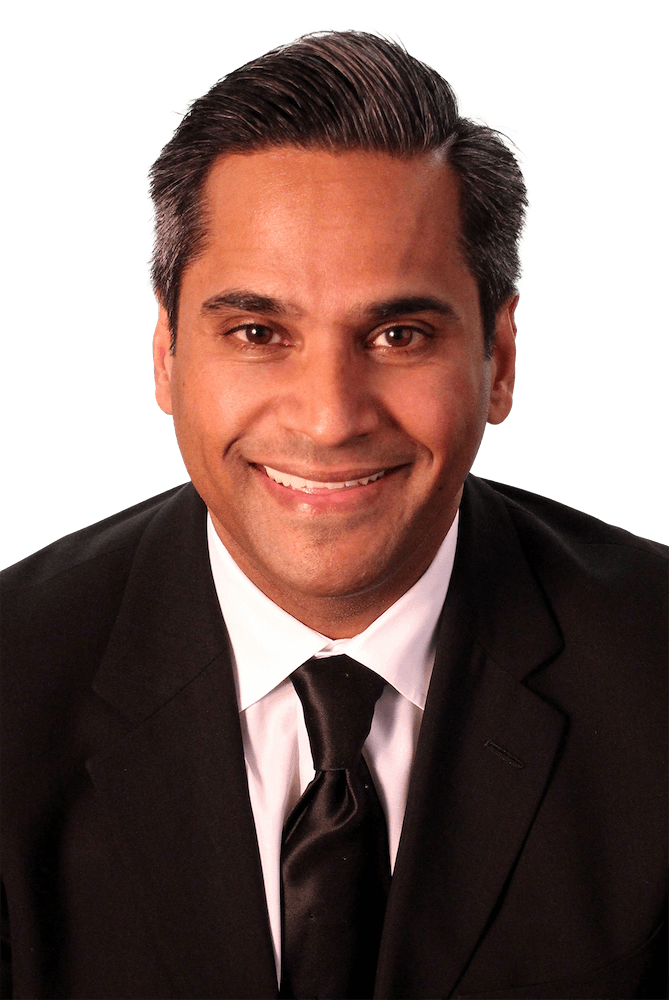
Dr. Shah’s Rhinoplasty Philosophy
90% of Dr. Shah’s surgical practice is related to cosmetic surgery of the face, eyes, ears, and nose. Dr. Shah performs, on average, around 1000 facial surgical procedures per year. According to 2010 statistics from the American Society of Aesthetic Plastic Surgeons (ASAPS), member surgeons averaged six rhinoplasties per year. Dr. Shah performs, on average, around 50 rhinoplasties per year. This number continues to increase every year.
Insurance for Your Rhinoplasty
Most rhinoplasty surgery is performed for cosmetic reasons. To this end, it is not covered by health insurance. Some patients have breathing restrictions that are due to problems such as a deviated septum, hypertrophy of the turbinates, or internal nasal valve collapse secondary to middle vault narrowing. Health insurance will occasionally cover the contracted amount for the repair of these problems during rhinoplasty. It is important to note that we will bill a patient separately for the cosmetic and insurance portions of the rhinoplasty surgery. Both parts of the operation are timed separately. The patient needs to know that they will have separate out-of-pocket charges for Dr. Shah’s fee (cosmetic), the anesthesia time (cosmetic), and the facility charge (cosmetic). These are due in full prior to surgery. The insurance portion of the rhinoplasty procedure is billed separately after surgery, with a remainder billed to the patient after co-pays and deductibles are met.

Accentuate Your Features
Rhinoplasty is a simple idea to address the distaste you might feel when looking in the mirror at your facial profile. If you are dissatisfied with the appearance of your nose or if you are experiencing breathing issues, nose surgery may help. Nose surgery is a highly sought-after cosmetic procedure with very high success rates. Dr. Shah aims to reshape your nose — so your entire face looks more attractive and proportionate. Even minor tweaks can lead to a huge difference. We invite you to contact Shah Aesthetic Surgery in South Denver, and schedule a consultation.
Rhinoplasty Posts

The Difference Between Regular and Ultrasonic Rhinoplasty: What Sets It Apart?
Many patients are surprised to learn that there is more than one way to reshape the nose when considering rhinoplasty, commonly known as a "nose job." While traditional or “regular” rhinoplasty has been around for decades, advances in surgical technology have...
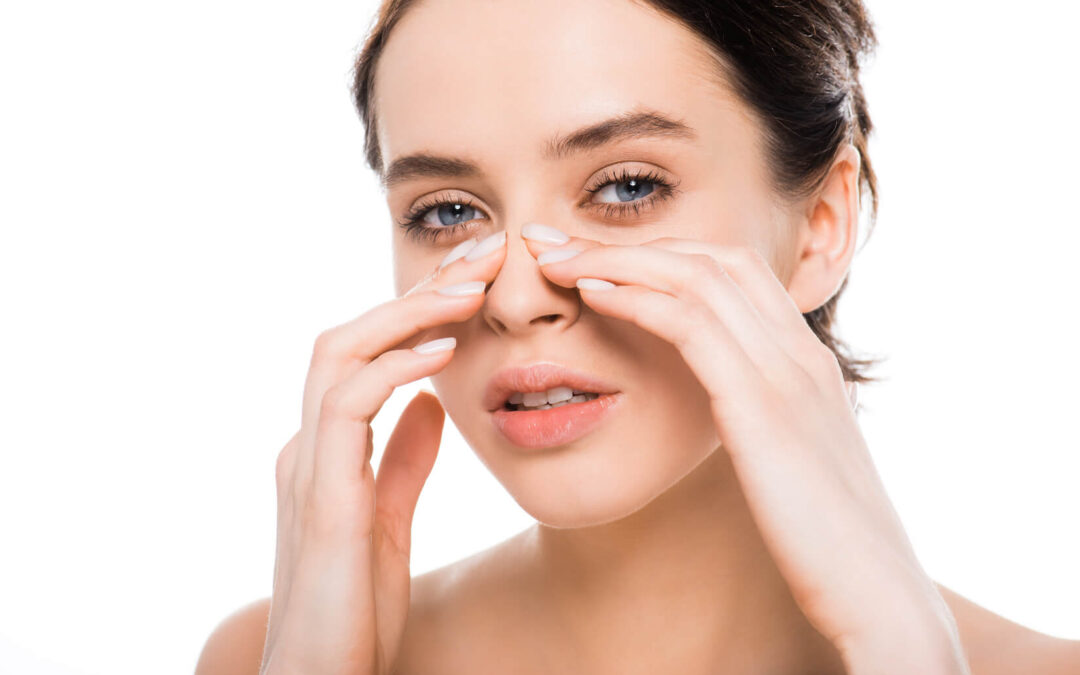
What to Expect a Month After Rhinoplasty Surgery
Rhinoplasty, or nose reshaping surgery, is one of the most transformative cosmetic procedures available. Whether you’ve undergone rhinoplasty for aesthetic enhancement or functional improvement, understanding the recovery process is essential for achieving the best...
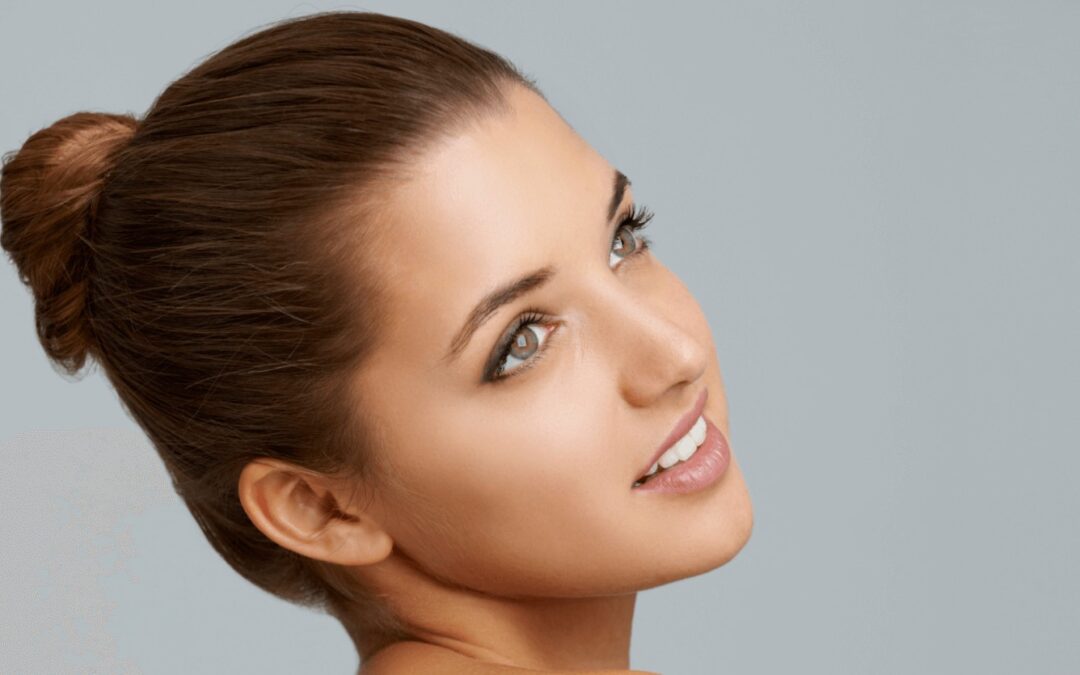
What Happens During a Rhinoplasty Consultation?
Getting rhinoplasty is a big decision with a lot of factors to consider. That’s why board-certified plastic surgeon and rhinoplasty expert Dr. Manish Shah at Shah Aesthetic Surgery in South Denver is very candid with his patients and will always take the necessary...
Rhinoplasty Videos
Related Procedures
*Individual results are not guaranteed and may vary from person to person. Images may contain models.


